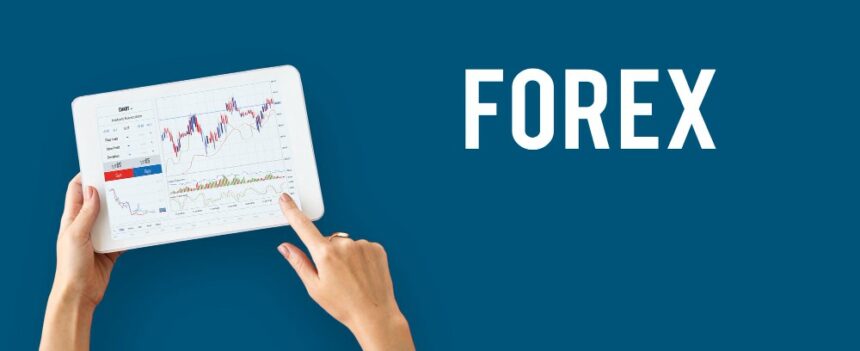As traders are always looking for methods to get an advantage over competitors, one of the best ways to do so is by using low-latency trading tactics. Latency has become a hot subject in the financial markets since the emergence of high-frequency trading in the early 2000s. Low Latency Trading (LLT) is a method that is essential to HFT’s effectiveness since it reduces the amount of time that passes between the start and execution of orders. Let us explore how these strategies might offer a quick route to success in the financial markets.

Introduction to Low Latency Trading
Low Latency Trading, also referred to as “low-latency” or “LLT,” places an emphasis on order execution speed and efficiency. It means reducing down on the amount of time that passes between the start of a deal and its completion to the absolute minimum; this time is sometimes expressed in microseconds, or millionths of a second, nanoseconds, or billionths of a second.
Latency = Time of Order Placement – Time of Order Execution
This formula emphasizes that latency is the amount of time that passes between placing an order and its execution. Due to its direct impact on a trader’s capacity to seize brief market opportunities, LLT is critical to the success of HFT.
Importance of low latency trading
It’s imperative to move quickly in the highly driven financial world of today. Profit or loss can frequently be determined by a difference of only a few milliseconds. Low latency strategies are particularly important to high-frequency trading companies as they provide them a competitive edge. The objective is to trade as fast as you can to take advantage of short-lived market opportunities.
Using Technology to Reduce Trading Latency
In order for traders to successfully apply low-latency trading strategies, they must have access to state-of-the-art infrastructure and technology. This includes direct market access (DMA) platforms that enable transactions to be executed with unmatched speed and accuracy, powerful computers, and fast internet connections. Traders can execute orders with extreme precision and speed by utilizing these tools.
Then reducing slippage and market effect is one of the main advantages of low-latency trading. When an order is executed at a price different from what was anticipated, it is referred to as slippage. This is frequently the result of order processing delays. Trades can ensure that their orders are completed at the desired price and lessen the chance of slippage by minimizing latency.
Techniques for Mastering Low Latency Trading: A Fast-Track to Success
Market Access Directly (DMA)
For traders aiming to reduce latency, Direct Market Access (DMA) is revolutionary. With the use of this technology, traders can connect straight to the trading infrastructure of an exchange, eliminating the need for middlemen like market makers or brokers. DMA enables traders to execute orders at lightning-fast speeds by doing away with the delays caused by order routing through intermediaries.
Software for High-Frequency Trading (HFT)
Specialized Software for high-frequency trading (HFT) is another crucial tool for reducing latency. This software, which was created especially for high-frequency trading, is reliable as well as fast, enabling traders to execute orders at breakneck speed and make snap choices.
Network Enhancement
In forex line trading systems, network optimization is essential for cutting latency. Trader latency can be drastically decreased by using high-speed dedicated connections and reducing the number of network connections.
Compression of Data
Another means of cutting latency in trading systems is through data compression techniques. Traders can expedite order execution by reducing the amount of data that has to travel across systems and compressing the data.
Parallel Processing
In trading systems, parallel processing is an effective technique for speeding up order execution and data analysis. Through the distribution and simultaneous execution of computing activities over several processors, traders can get faster order execution and more effective data analysis.
Low Latency with FPGA Technology
Field-Programmable Gate Arrays, or FPGA Technology, are a revolutionary development in the trading industry. These adaptable hardware elements are extremely useful for latency-sensitive trading applications because they can be configured to carry out particular tasks with unmatched speed and accuracy.
Ultra-Low Latency: Order book processing and order execution are two crucial trading operations for which FPGAs provide ultra-low latency. Their capacity to complete jobs quickly guarantees that traders can quickly and effectively take advantage of market changes.
Colocation Services:
One tactical way to reduce latency in trading systems is through colocation services. By physically placing trading servers close to exchange servers, this technique shortens the time it takes for data to go between them.
Physical Proximity: Traders greatly lower data transmission latency by putting their servers in data centers that exchange supply. Because trading orders are carried out quickly due to the physical closeness, traders can take advantage of changes in the market instantly.
Integration with Trading Infrastructure: To relieve general-purpose processors of latency-sensitive jobs, traders can easily include FPGAs in their trading infrastructure. Trading professionals can execute deals very quickly and have a competitive advantage in the market by utilizing FPGA technology.


